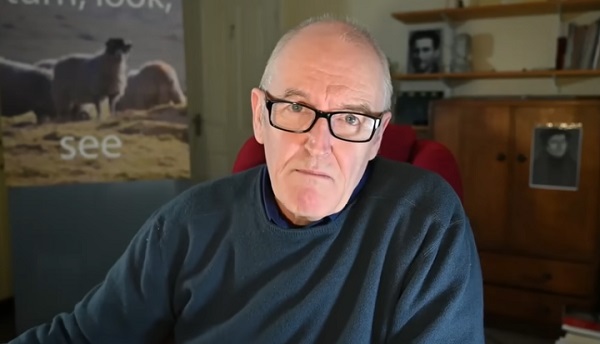Media
CBC and others refuse to stop committing unmarked crimes against journalism
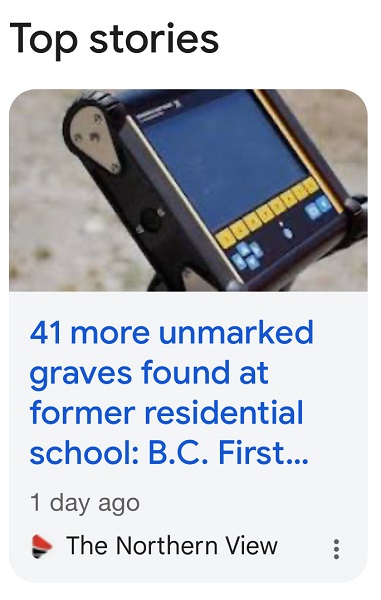
Plus! How media granted celebrity status to an obscure candidate, CTV’s shocking decision to declare Israel guilty of genocide and did Lee get Spiked by the NFL?
It doesn’t matter how many times newsroom managers and others try to correct the record, oodles of journalists continue to bungle reporting on claims of unmarked graves adjacent to Indian Residential Schools.
Controversy has surrounded claims of this nature since they were first made in 2021 in connection with the residential school in Kamloops. This stems from the fact that, despite considerable federal financial assistance, no excavations have taken place and no bodies have been discovered.
There was no mention of that in this report by Global News, this one by a federally-funded reporter at the Coast Reporter or this one by Black Press’s Northern View in Prince Rupert.
Tom Rosenstiel and Bill Kovach wrote in their seminal book, Elements of Journalism, that reporters’ first obligation is to truth and that their primary loyalty should be to the citizen/reader. The stories I have highlighted fail on both counts by avoiding giving readers all the information and context available.
Canadian Press also dodged mentioning the lack of bodies, but did offer a more thorough report that reminded readers the shíshálh had said in 2023 that drawing conclusions based solely on ground-penetrating radar would be inaccurate and inconclusive. But even that wasn’t enough to stop reporters from inaccurately concluding otherwise.
The masterstroke in this tale of bush league reportage was left to the CBC. Reporter Alanna Kelly confidently Tweeted out the news that “41 more unmarked graves of children” had been discovered. This was a breathtaking occasion given that, in recent months, CBC has twice issued corrections – including to a statement by one of its highest profile presenters, Rosemary Barton – clarifying that these anomalies are possibly but definitely not proven graves. After being swiftly corrected by, among others, Quillette Editor Jonathan Kay and Holly Doan, publisher of Blacklock’s Reporter, Kelly deleted the post and put her Twitter account into lock down mode.

Clearly, CBC needs to do a much better job of ensuring its staff pay attention to its own corrections even if, as appears to be the case, they disagree with them.
The public, meanwhile, is left to speculate as to why journalists persist in serving them so poorly. One possibility is that they simply lack the courageous skepticism and curiosity the job requires.
I asked around to see if there was someone actively promoting her candidacy, but the media buzz and excitement surrounding independent candidate Bonnie Critchley in the recent Battle River-Crowfoot byelection appears to be, although unusual, entirely self-generated by journos.
I am all in favour of media reporting on serious (the unserious usually self-identify) candidates. What was unusual about Critchley was the amount of coverage she generated. There was in fact, so much, that the National Observer’s Max Fawcett was predicting “Pierre Poilievre’s safe seat isn’t so safe after all” and even my friends at The Line, dedicated as they are to calling out “bullshit,” featured her.

Conservative leader Pierre Poilievre won the byelection with just over 80 percent of the vote and Critchley cannibalized most of the traditional Liberal and NDP vote in the riding to win just under 10 percent. This was a credible showing but hardly indicative of the threat many media implied she posed.
All in all, no harm done, but weird. As noted by Toronto Sun columnist Lorrie Goldstein, media moved on to focus on those who had voted against Poilievre while Fawcett was in full Rumpelstiltskin tantrum mode on Twitter, trying to make something significant out of Poilievre’s share of the vote in the riding, which was two percent lower than the Tories won in the April general election. No one mentioned it was close to nine percent higher than in 2021.
Critchley, meanwhile, was invited on to CTV’s Alberta Prime Time program where she blamed her surprising loss on Tory “shenanigans.”
Columnist Brian Lilley had another perspective, posting;
“Bonnie Critchley didn’t get over 10% despite clear instructions from CBC and many other MSM outlets for people to go and back her.”
Speaking of CTV, its Vancouver Island news edition broke new ground when its news presenter, without batting an eyelid, declared that Israel was waging a “genocidal campaign against the people of Palestine.”
This outraged Honest Reporting Canada, an organization dedicated to seeking out anti-Israel news coverage and retired CTV journalist Alan Fryer who declared, “There was a time at CTV when that anchor and/or the writer would have been shown the door the minute she signed off.”
Months from now, maybe, we’ll get a decision from the Canadian Broadcast Standards Council (CBSC) regarding if it agrees with CTV. Your guess is as good as mine but the way things are going I wouldn’t be surprised if the CBSC gave two thumbs up to hyperbolic statements about genocide, which are all the rage these days. Either way, it’s unlikely legacy media will report on the decision. They don’t shame easily.
Tom Jones writes a solid media column for the Poynter Institute and as football season is about to blossom, I thought this little piece of scuttlebutt was worth passing along.
ESPN was all lined up to broadcast Spike Lee’s seven part documentary on “Da saga of Colin Kaepernick,” the quarterback who became famous for “taking a knee” when the national anthem was played. But now the deal is off.
Jones points to some artistic differences but raises his eyebrows because:
“Just this month, in an unprecedented deal, ESPN acquired the NFL Network and the rights to the league’s RedZone Channel in a deal that will eventually lead to the NFL owning a 10% stake in ESPN. As soon as that deal was announced, there were questions about whether the network’s coverage of the league would be affected, seeing as how they were partners.”
ESPN owns 20 percent of Bellmedia’s sports network, TSN which, other than the CFL, avoids showing Canadian sports leagues unless they bring cash and has a strong bias towards US programming that it can get at pennies on the cost of production dollar. This is despite the fact TSN was created to prevent Canada being flooded with the sort of US programming TSN now floods it with. Both it and Rogers’ Sportsnet have become what they were created to protect Canadians from. But that’s another story.
Finally, a bouquet to The Free Press for revealing how easily (willingly?) legacy media have been manipulated by photos of undernourished children in Gaza who are, as it turns out, suffering from illnesses other than malnutrition. Maybe someone at CTV should watch this:
The Free Press investigated 12 of the most viral images of an alleged famine in Gaza. They each tell a much more complicated story than that published in mainstream media.
Enjoy the week and the long weekend to come.
(Peter Menzies is a commentator and consultant on media, Macdonald-Laurier Institute Senior Fellow, a past publisher of the Calgary Herald, a former vice chair of the CRTC and a National Newspaper Award winner.)
Subscribe to The Rewrite
Artificial Intelligence
Google denies scanning users’ email and attachments with its AI software

From LifeSiteNews
Google claims that multiple media reports are misleading and that nothing has changed with its service.
Tech giant Google is claiming that reports earlier this week released by multiple major media outlets are false and that it is not using emails and attachments to emails for its new Gemini AI software.
Fox News, Breitbart, and other outlets published stories this week instructing readers on how to “stop Google AI from scanning your Gmail.”
“Google shared a new update on Nov. 5, confirming that Gemini Deep Research can now use context from your Gmail, Drive and Chat,” Fox reported. “This allows the AI to pull information from your messages, attachments and stored files to support your research.”
Breitbart likewise said that “Google has quietly started accessing Gmail users’ private emails and attachments to train its AI models, requiring manual opt-out to avoid participation.”
Breitbart pointed to a press release issued by Malwarebytes that said the company made the changed without users knowing.
After the backlash, Google issued a response.
“These reports are misleading – we have not changed anyone’s settings. Gmail Smart Features have existed for many years, and we do not use your Gmail content for training our Gemini AI model. Lastly, we are always transparent and clear if we make changes to our terms of service and policies,” a company spokesman told ZDNET reporter Lance Whitney.
Malwarebytes has since updated its blog post to now say they “contributed to a perfect storm of misunderstanding” in their initial reporting, adding that their claim “doesn’t appear to be” true.
But the blog has also admitted that Google “does scan email content to power its own ‘smart features,’ such as spam filtering, categorization, and writing suggestions. But this is part of how Gmail normally works and isn’t the same as training Google’s generative AI models.”
Google’s explanation will likely not satisfy users who have long been concerned with Big Tech’s surveillance capabilities and its ongoing relationship with intelligence agencies.
“I think the most alarming thing that we saw was the regular organized stream of communication between the FBI, the Department of Homeland Security, and the largest tech companies in the country,” journalist Matt Taibbi told the U.S. Congress in December 2023 during a hearing focused on how Twitter was working hand in glove with the agency to censor users and feed the government information.
If you use Google and would like to turn off your “smart features,” click here to visit the Malwarebytes blog to be guided through the process with images. Otherwise, you can follow these five steps courtesy of Unilad Tech.
- Open Gmail on Desktop and press the cog icon in the top right to open the settings
- Select the ‘Smart Features’ setting in the ‘General’ section
- Turn off the ‘Turn on smart features in Gmail, Chat, and Meet’
- Find the Google Workplace smart features section and opt to manage the smart feature settings
- Switch off ‘Smart features in Google Workspace’ and ‘Smart features in other Google products’
On November 11, a class action lawsuit was filed against Google in the U.S. District Court for the Northern District of California. The case alleges that Google violated the state’s Invasion of Privacy Act by discreetly activating Gemini AI to scan Gmail, Google Chat, and Google Meet messages in October 2025 without notifying users or seeking their consent.
Censorship Industrial Complex
UK Government “Resist” Program Monitors Citizens’ Online Posts
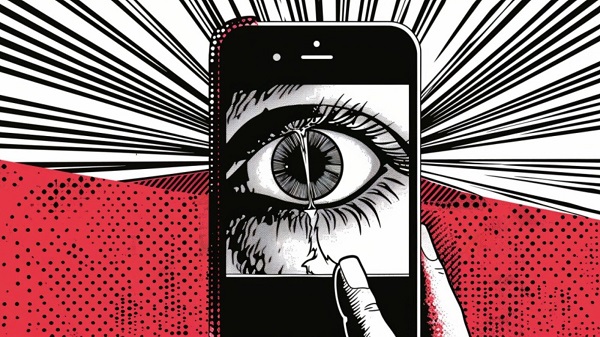
-

 Energy2 days ago
Energy2 days agoA look inside the ‘floatel’ housing B.C.’s LNG workforce
-

 Daily Caller19 hours ago
Daily Caller19 hours agoTrump Orders Review Of Why U.S. Childhood Vaccination Schedule Has More Shots Than Peer Countries
-

 Business2 days ago
Business2 days agoUS Energy Secretary says price of energy determined by politicians and policies
-

 Alberta11 hours ago
Alberta11 hours agoA Memorandum of Understanding that no Canadian can understand
-

 Economy1 day ago
Economy1 day agoWhat the Data Shows About the New Canada-Alberta Pipeline Opportunity
-

 illegal immigration1 day ago
illegal immigration1 day agoWhile Trump has southern border secure, hundreds of thousands of illegal immigrants still flooding in from Canada
-
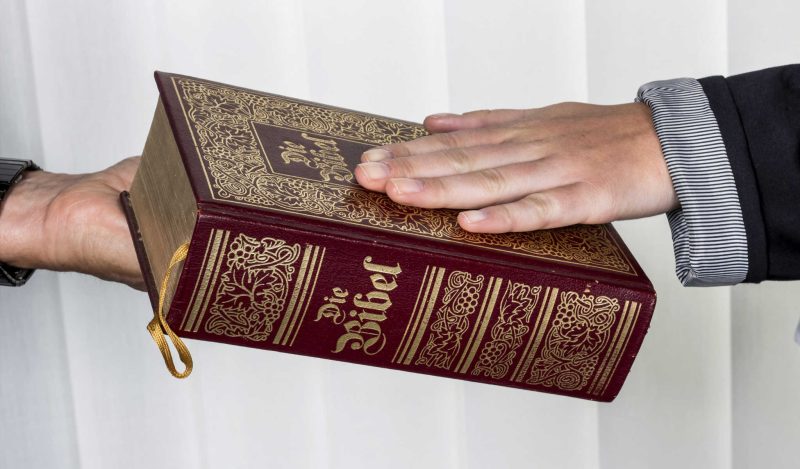
 Censorship Industrial Complex1 day ago
Censorship Industrial Complex1 day agoCanadian bishops condemn Liberal ‘hate speech’ proposal that could criminalize quoting Scripture
-
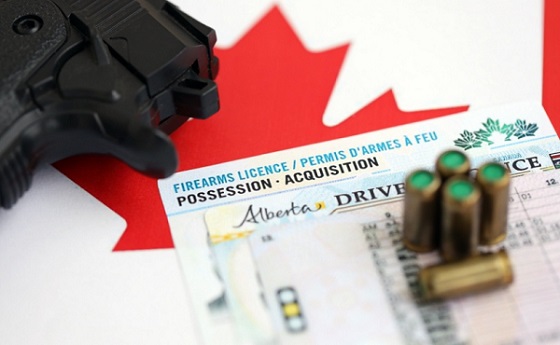
 National2 days ago
National2 days agoAlberta will use provincial laws to stop Canadian gov’t from trying to confiscate legal firearms







